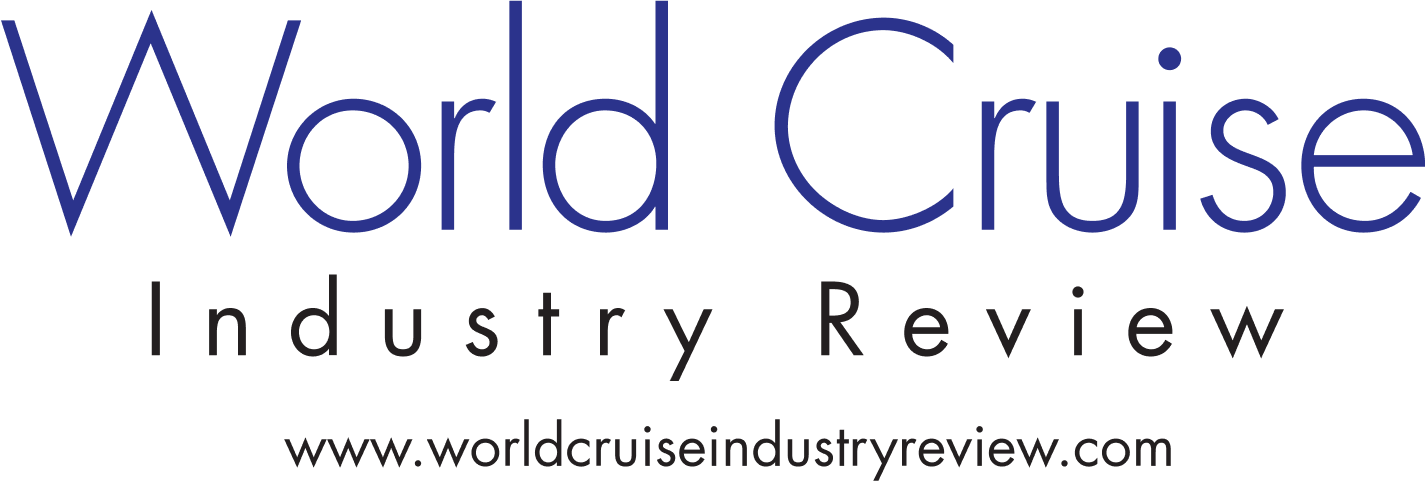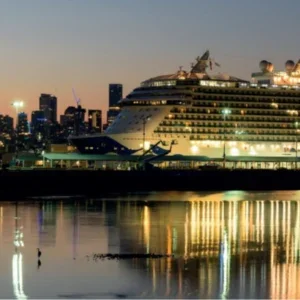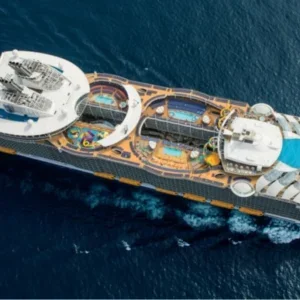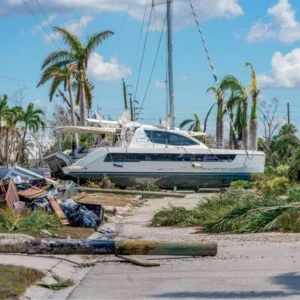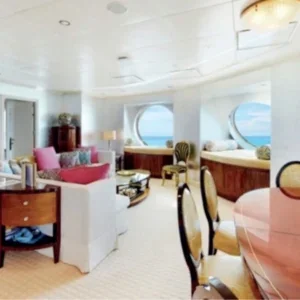The European cruise industry has made a habit of bucking trends and exceeding expectations. Between the global financial crisis of 2008 and 2015, European passenger numbers grew by 49.0% and now account for an estimated 28.4% of global guest share.
European industries are not meant to enjoy an annual growth rate of 6.0% in the age of austerity, and such success has certainly grabbed the attention of operators, with the number of ships homeported in Europe growing exponentially over that same time period.
The varied assortment of destinations on offer also draws holidaymakers from farther afield, and the expansion of operations into Europe over the past decade has gone a long way towards legitimising the traditionally US-centric cruise sector’s claim of being a truly global industry.
However, as competition surrounding the Chinese market gathers momentum, and new destinations and demographics come online, Europe cannot expect to maintain its status as cruising’s 21st-century success story by standing still.
European growth
CLIA Europe secretary-general Tom Fecke says the association is expecting good things in the months to come.
“Europe is still very much a growing destination, in the east and west Mediterranean and, specifically, in the bigger cities like Barcelona, Civitavecchia and Naples. When we talk to our cruiseline members, they all anticipate another growth year for 2017,” he says.
Fecke taps diversification, better amenities, well-trained travel agents and the expansion of several source markets as key factors behind the CLIA projections for further growth in 2017, and says the recovery of the Spanish economy will make it a market to watch this year. The Spanish port of A Coruña announced a rare triple call in November 2016 and reported that it expected to welcome about 170,000 passengers in 2017.
Jens Skrede, managing director of Cruise Europe, believes that the sheer variety of European destinations will be the key to maintaining the region’s share of the American source market.
“If you compare it with the Caribbean, Europe is far more diverse – you have more to choose from,” he says.
This is increasingly important for river cruising. Cruise Europe has recently welcomed several inland ports as members, and CLIA says demand is at an all-time high, with 18 new ships on order.
“Guests who take a river cruise are potential guests for the ocean sector, as well,” Fecke says.
The passengers’ pick
Europe will need to capitalise on its status as a major destination and a large source market to stay competitive. Fecke says that CLIA is focused on improving communication with its more than 25,000 member travel agents to keep European passenger numbers rising.
“We need to communicate in a constant way that cruising is a fantastic alternative to a land-based vacation. Training travel agencies is a critical part of it: the DNA of the brand, what the ship has to offer, and how to book.” He taps training sessions and ship visits as key to CLIA’s strategy.
But there’s also work to be done on getting passengers into the booking office in the first place. Skrede says Cruise Europe would like to see a bigger commitment to promotion from European tourist boards. Many of them are funded by the hospitality industry, which is focused on driving its own guest occupancy figures.
“There’s also a perception that cruise passengers don’t spend a lot of money, which is totally wrong; across northern Europe, the average spend of a transit passenger is around €80,” Skrede explains. “We’ve been saying to them for a long time that the cruise industry is a shop window for their destinations.”
Skrede says that Cruise Europe will continue to address the issue with national tourist boards in talks and presentations highlighting the economic benefits of promoting the industry. The group also plans to increase pressure by driving engagement with its 125 members.
For passengers based on the continent, one of the main advantages of a European itinerary is the proximity and the ease of travelling to the nearby ports; CLIA’s predictions for 2017 include a larger demand for ports that are easy to access by car. For overseas bookings, however, it becomes more to do with what passengers want from a ship and a destination.
Streamlined travel
The China Cruise & Yacht Industry Association reported in January that outbound passengers from China numbered over two million in 2016 for the first time. As China continues to grow as a source market, operators have already begun to adjust their onboard offerings for a heavier focus on retail, but European ports are now considering ways to attract the new sector.
“Ports and destinations will need to adapt their information and offer local guides that speak Chinese, but also offer a different mix of tours with retail outlets,” says Skrede, who confirms there has been “a slight increase” in passengers from Asia sailing on European and American ships.
CLIA will once again place its focus on reforming the EU Visa Code, this time with the goal that tourists from outside Europe will be able to obtain their visas up to six months in advance. The added flexibility is hoped to be an attraction to Chinese passengers, who, Fecke says, tend to book early. It is also hoped to smooth the way for international crew members; CLIA says its members will aim to extend the pretravel lead time for their crews to nine months.
“As an industry, we need to make sure that the burden of travelling and entering different countries is as low as possible. Our goal is to work on convincing the EU to make travel much easier because it’s a benefit for the economy,” he explains.
Loosening visa restrictions may nevertheless prove difficult in the current climate. 2016 saw a fair amount of political upheaval in Europe and neighbouring regions – some of it uncomfortably close to the Mediterranean. Yet, neither CLIA nor Cruise Europe sees security as a particular concern for the year ahead.
“The political turmoil and critical regions – this is not something that has changed the way we look at safety and security. It has always been a top priority,” says Fecke, adding that the ability of cruises to be flexible about itineraries in the event of safety concerns contributes to a perception among guests that it’s one of the safest ways to travel.
Sustainable sailing
Meanwhile, ports and operators are reacting to more immediate regulatory decisions. The IMO Marine Environment Protection Committee decided in April 2016 that passenger ships will no longer be able to discharge waste into the Baltic Sea, starting 2021. The restriction will be a world first for passenger vessels. At least ten of Cruise Europe’s member ports, including Helsinki, St Petersburg and Oslo, have already invested in upgrades to their reception facilities to fit the new guidelines. Skagen, which expects calls to more than double in 2017, established a new grey and black-water facility last year to handle the demand, while the Port of Tallinn announced in July 2016 that it would be connecting the harbour to the city’s sewage system to process the required amounts of wastewater.
Emission-control areas, Fecke adds, are also shaping up to be an area of interest for northern Europe this year – two years after Directive 2012/33/EU, restricting sulphur content in fuel and exhaust, was originally implemented by the European Commission.
“There were many concerns about how it would impact cruising. It was not quite as dramatic as we expected it to be, partly because oil prices were pretty low,” he says of the regulations’ initial execution at the start of 2015. “But an increase in fuel prices might have a short-term impact.”
In October, the Commission organised the first Regional Dialogue for the Baltic: a one-day workshop for cruise tourism in the area, following 2015’s pan- European and Mediterranean events in which CLIA was also heavily involved. Fecke confirms that the dialogues are a permanent platform to allow ports, operators and regulators to work together, with further regional workshops to come. For the Baltics, sustainability and the need for collaboration were a major topic of discussion.
“Any port or destination that wants to be successful needs to have a local network and local cooperation, and that also includes close contact with the cruise lines,” says Skrede, who attended October’s workshop.
Skrede expects to see continuing investment into waste-processing infrastructure this year. Infrastructure alone, however, is not enough to keep a port competitive; it also needs to ensure that it continues to engage passengers and stays ahead of destination trends. CLIA’s state-of-the-industry report predicted a surge in demand for expedition cruising, and larger numbers of millennial and generation-X passengers.
“I think we’re seeing a huge effort now from the whole region to grow the number of shore excursions,” Skrede says.
Growth pattern
2017 looks set to bring to fruition the groundwork that was laid last year. Sustainability continues to be an area of focus for the European region, particularly as demand for Arctic itineraries rises. But, as environmental regulations tighten, ports and operators must work together and keep communication open to ensure the industry as a whole remains competitive.
To appeal to overseas source markets and grow those closer to home, the European industry will aim to remove logistical barriers to travel and leverage the region’s natural versatility. It will need to emphasise not only that there is a cruise for everybody, but also its ability to provide a variety of experiences within a single trip. While much of the future remains uncertain, that diversity will ensure that Europe is strong and will grow stronger.
